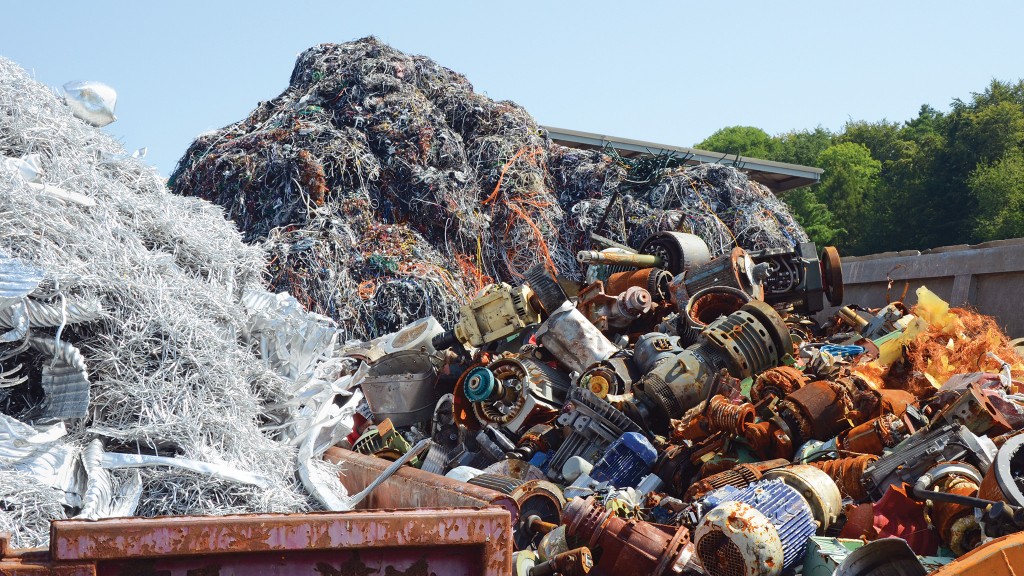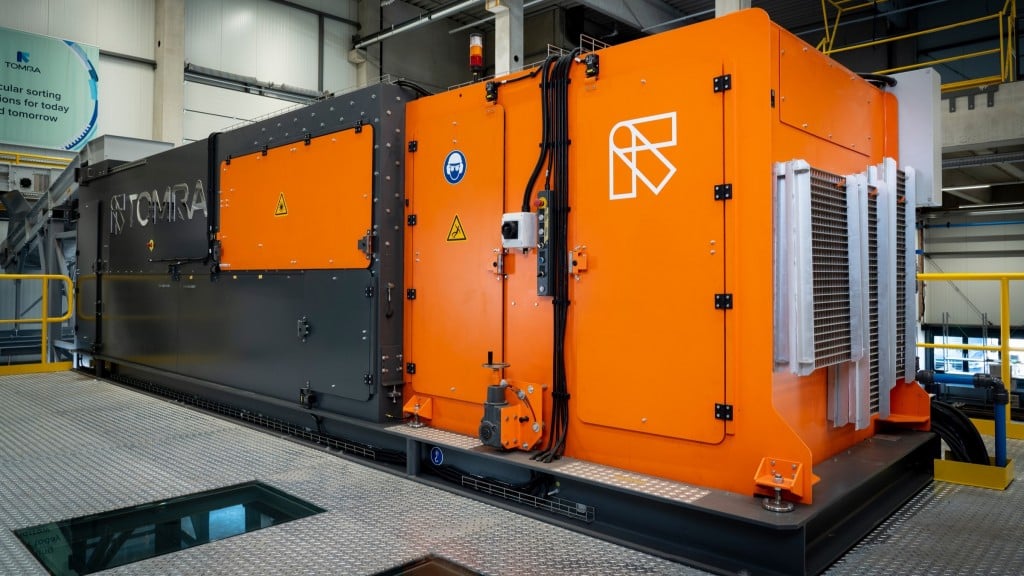5 emerging technologies in the metals recycling industry
AI, robotics, and other innovations that increase circularity

The metals recycling industry plays a critical role in promoting sustainability and resource conservation by transforming discarded metals into valuable raw materials. As the industry continues to evolve, recyclers are embracing new technologies that reshape operations and optimize processes to bring the sector closer than ever to a fully circular economy.
Key technological advancements, such as artificial intelligence (AI), smart equipment, and advanced robotics, are unlocking new possibilities for the industry through market trend prediction, increased traceability, and the ability to repurpose materials in new ways. By harnessing the power of these emerging technologies, the metals recycling industry is poised to achieve greater sustainability and profitability by ushering in a new era of circularity and responsible resource management.
1. Artificial intelligence
Artificial intelligence is a topic that has recently found its way into the news almost daily. In the metals recycling industry AI is used to predict market trends and help recyclers make more informed decisions regarding the buying, selling, and inventory management of scrap metals. AI algorithms can analyze large volumes of market data - including prices, supply and demand, and trade patterns - and then identify patterns within the data to predict future market trends. This helps recyclers plan their operations better by optimizing production and managing inventory based on the expected demand for specific metals.
AI can also be used to analyze news articles, social media posts, and other texts related to the metals recycling industry. By extracting attitudes and opinions from this data, AI can gauge market sentiment and predict shifts in the market. These insights enable recyclers to stay ahead of the game and make proactive decisions.
2. Collaborative robotics
Collaborative robotics, also known as cobots, are being used more and more in the metals recycling industry. Cobots use cameras, robotic arms, grippers, and conveyor systems to lift, move, and stack materials as needed, and can perform a wide range of tasks such as material handling, assembly, inspection, and maintenance alongside human workers. These machines utilize safety features like force sensors, collision detection, and speed reduction when working near people.
Unlike sorting robots, which automate material identification and separation, cobots perform a broader range of tasks. Cobots can assist in the maintenance of recycling equipment by performing inspections, lubrication, and minor repairs which in turn minimizes downtime. Cobots can also work in hazardous and confined spaces, reducing the risk of injuries for human workers. By taking over repetitive and physically demanding tasks, cobots enhance worker safety, increase productivity, and improve overall operational efficiency.
3. Blockchain
Blockchain technology is being explored in the scrap metals recycling industry to address challenges related to traceability, transparency, and authentication. With blockchain, transactions and transportation are recorded and documented, ensuring a reliable record of each step from collection all the way through to processing. Moreover, blockchain verifies the authenticity of recycled metals by storing information on the origin, composition, and quality control data of the material. Blockchain-based "smart" contracts can also automate agreements, triggering payment when predetermined conditions - such as weight verification or quality inspections - are met.
Still in its early stages, the adoption of blockchain technology requires industry-wide collaboration to be in place before widespread adoption becomes possible.
4. Drones
When it comes to increasing safety on the job, drones can monitor and identify potential safety hazards in a scrapyard, such as fire risks and leakages in scrap metal piles. By providing real-time surveillance from above, drones enable scrapyards to proactively address safety concerns and minimize the risk of accidents.
Additionally, drones can be equipped with cameras and sensors to transform scrapyard inventory management. Using light detection and ranging technology (LiDAR) technology, drones can create 3D models of stockpiles and estimate the volume and weight of materials. This data provides valuable insights into inventory levels, enabling scrapyards to optimize storage space and transportation plans. Drones can also be used to measure the current capacity of a scrapyard and identify areas for improvement.
5. 3D printing
While the role of 3D printing in the metals recycling industry is still evolving, its integration has the potential to contribute to increased waste reduction and sustainability. By melting down and reprocessing scrap metal, these materials can be transformed into a filament that can then be used as feedstock for 3D printers. This allows for the creation of new products or parts, reducing the need for virgin materials and minimizing waste. By using 3D printing, specific components can be manufactured on demand, even if they are no longer in production.
Looking ahead
The metals recycling industry is poised to experience a transformation in efficiency, sustainability, and profitability as these emerging technologies continue to evolve and gain broader adoption. By harnessing the power of AI, robotics, and more, recyclers can optimize processes, improve decision-making, and drive positive environmental impacts. Embracing these innovative solutions will not only benefit individual operations, but also contribute to the overall circularity of the metals recycling sector. The possibilities are vast, and as recyclers continue to explore and implement these innovations, they will undoubtedly play a pivotal role in shaping a more sustainable future for the metals recycling industry.


